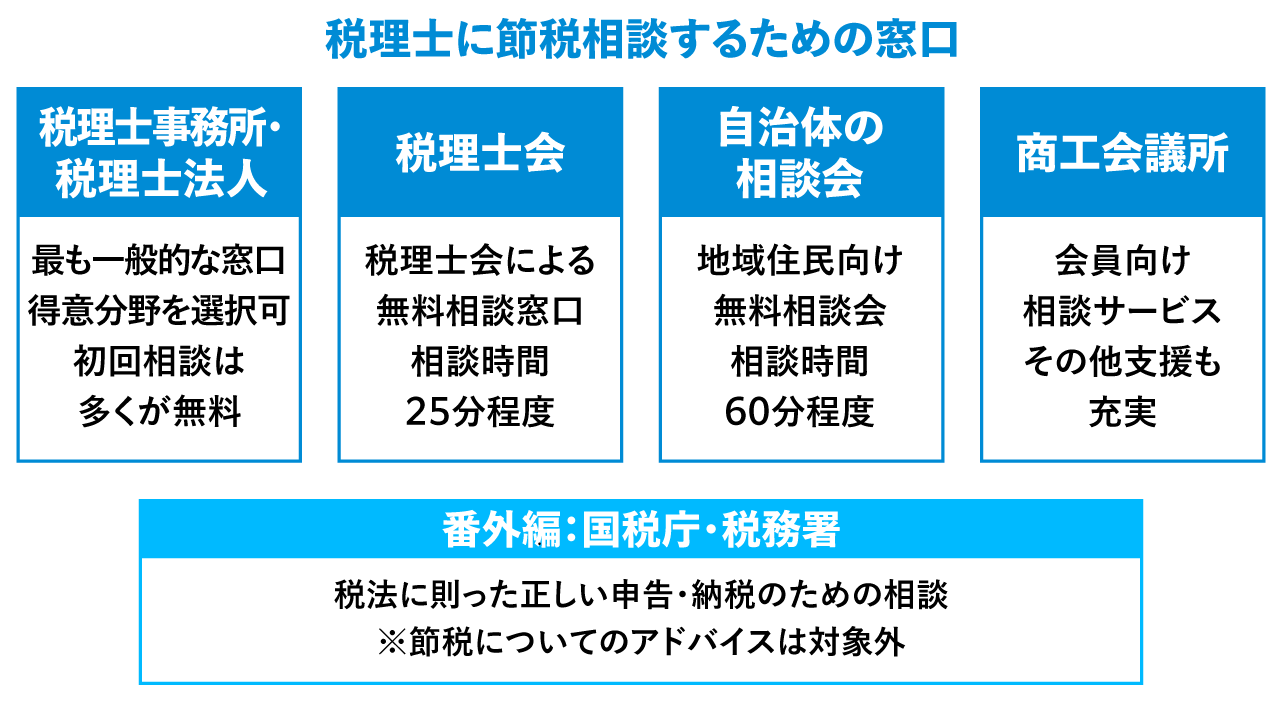Managing Freelance Taxes: Continuity and Independence Explained

본문
When you operate as a freelancer, you are your own boss, but you still fall under the U.S. tax laws.
The two recurring themes in independent contractor tax discussions are continuity and independence.
Continuity concerns the steadiness of your earnings and their documentation; independence involves proving you are a genuine contractor, not a client employee.
Grasping both ideas is vital to file accurate returns, dodge penalties, and fully benefit from available deductions.

The Question of Independence
The first hurdle for 節税対策 無料相談 any freelancer is to establish that you are an independent contractor.
The IRS applies a 20‑factor test evaluating your control over work, use of personal tools, financial risk, and integration with the client’s operations.
Failing the test may lead to employee reclassification, requiring the client to withhold taxes, pay Social Security and Medicare, and issue a W‑2 rather than a 1099‑NEC.
To protect your status, keep a written contract that clearly states that you are responsible for your own taxes, that you are free to work for other clients, and that you have no obligation to accept every job the client offers.
Gather emails, invoices, and proof of setting your own hours and rates to document your autonomy.
Additional records make it simpler to defend your independence if the IRS raises questions.
Income Continuity
Income fluctuation is common for freelancers, but the IRS insists on reporting every income, even if it arrives sporadically.
Continuity matters because it can affect how you plan your quarterly estimated tax payments and how you set aside money for taxes and retirement.
Track every income source. Whether one large project or several small gigs, log each payment independently.
Issue quarterly estimated taxes. Despite irregular income, you need to estimate each quarter’s liability and remit on schedule.
Set aside a tax reserve. Many freelancers keep a separate savings account for taxes.
Keep receipts of deductible expenses, as the IRS permits deductions for ordinary and necessary business costs.
Apply the home office deduction carefully. Exclusive business space in your home lets you deduct part of rent, utilities, and insurance.
Maintain distinct personal and business accounts; blending them can cause tax filing difficulties.
Self‑Employment Tax
Freelancers are subject to self‑employment tax, which covers Social Security and Medicare contributions.
For 2025, the self‑employment tax rate is 15.3 % on the first $160,200 of net earnings and 2.9 % (plus a 0.9 % additional Medicare tax for high earners) on income above that threshold.
You can deduct the employer portion of the self‑employment tax when you file your personal return, but you still owe the full tax amount.
If you are earning a steady stream of income, you may consider setting up a retirement plan that reduces your taxable income. Options include a SEP‑IRA or a solo 401(k).
Quarterly Tax Payment Procedures
Calculate net income: subtract deductible expenses from gross income, referencing last year’s return and adjusting for forecasted income shifts.
Use IRS tax tables, matching your filing status brackets to estimate federal tax, and add self‑employment tax thereafter.
Split the total by four for quarterly payments, due on April 15, June 15, September 15, and January 15; auto‑payments reduce late‑fee risk.
Recalculate each year. If you exceed the 10 % safe‑harbor rule (paying at least 90 % of your tax liability from the previous year or 100 % of the current year’s liability), you may avoid penalties even if you underpay.
Long‑Term Tax Strategy
Boost retirement contributions: with a solo 401(k), contribute as employee and employer up to $66,000 in 2025 (or $73,500 if over 50), lowering current taxable income and growing tax‑free.
Think about HSAs with a high‑deductible plan. Contributions are deductible, grow tax‑free, and qualified expenses are tax‑free withdrawals.
Keep a long‑term view on capital gains. If you sell a business asset, the net profit may be taxed at a lower long‑term capital gains rate. Plan the timing of such sales to optimize tax outcomes.
Avoiding Common Tax Mistakes
Failing to file Form 1099‑NEC. Subcontractor payments over $600 require filing; omission invites penalties and audit risk.
Mixing personal and business expenses. If you use a personal credit card for business expenses and then deduct them on your return, the IRS may scrutinize the transaction. Separate cards or at least a clear expense report can mitigate this risk.
Misjudging state taxes. While some states have no income tax, others impose high rates; check your state’s rules and file properly.
Ignoring the "safe harbor" rule. If you pay less than the required quarterly amount and your tax liability is greater than 10 % of what you owe, you could face a penalty. The safest approach is to overpay a little, which is always better than underpaying.
Closing Summary
The tax side of freelancing is intricate but controllable.
Focusing on continuity—accurate records, consistent tax planning, disciplined quarterly payments—and independence—clear contracts, separate operations, thorough docs—lets you navigate taxes confidently.
Treat taxation as a strategic component of your business rather than a bureaucratic chore, and you’ll free up more time and resources to focus on the work you love.

댓글목록0